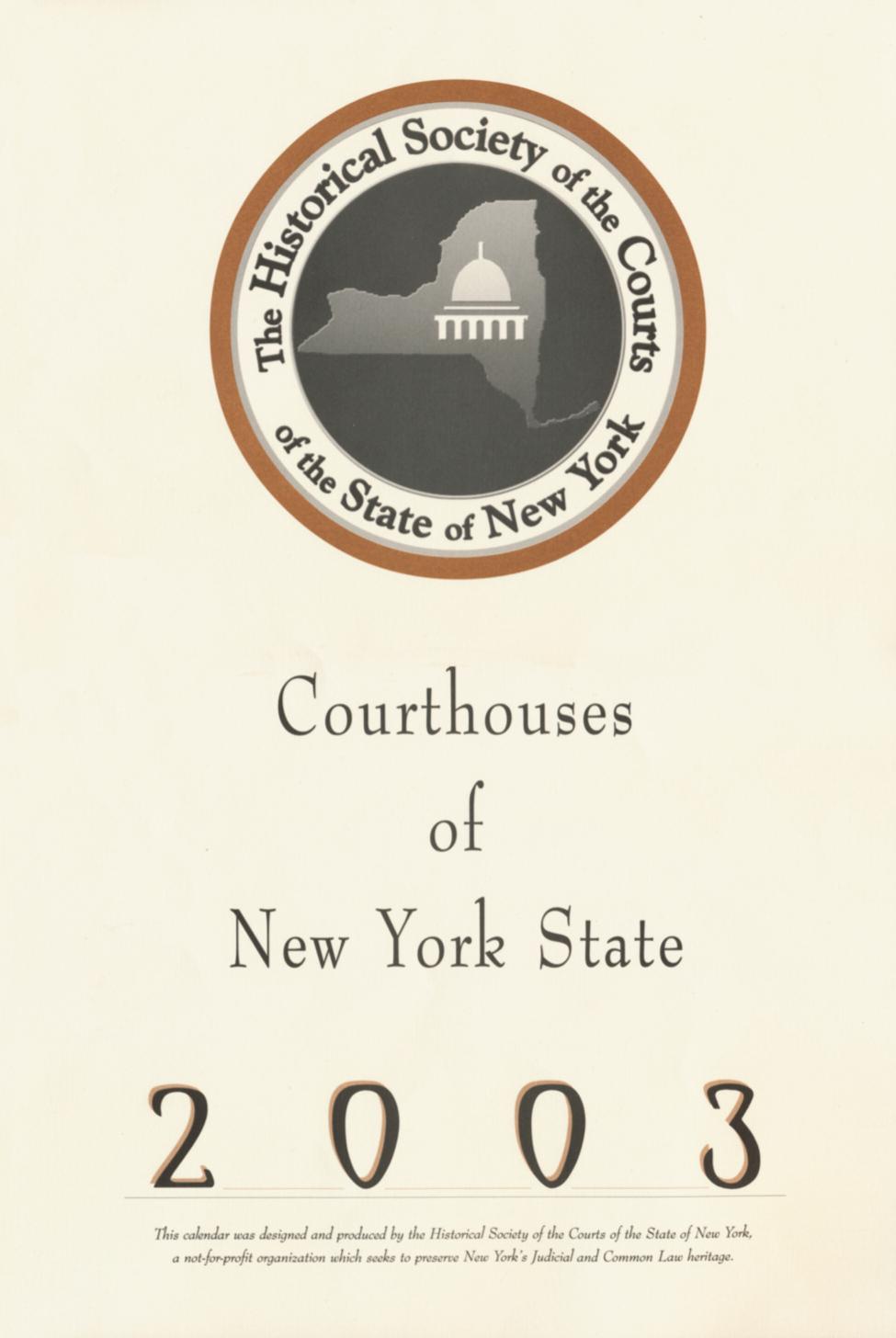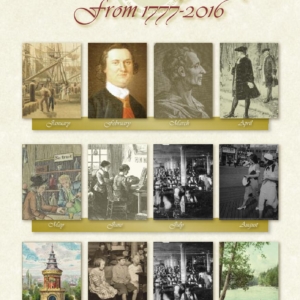Description
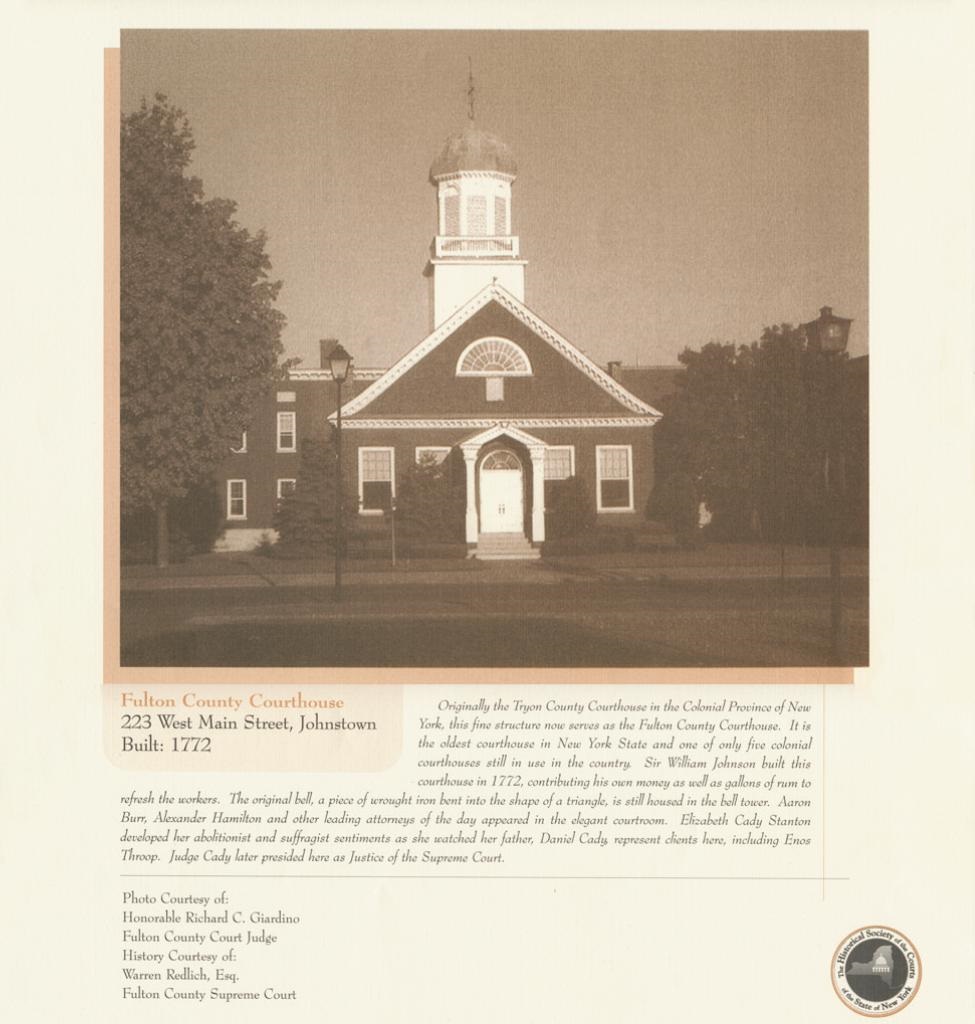
Fulton County Courthouse, 223 West Main Street, Johnstown
Built: 1772
Originally the Tryon County Courthouse in the Colonial Province of New York, this fine structure now serves as the Fulton County Courthouse. It is the oldest courthouse in New York State and one of only five colonial courthouses still in use in the country. Sir William Johnson built this courthouse in 1772, contributing his own money as well as gallons of rum to refresh the workers. The original bell, a piece of wrought iron bent into the shape of a triangle, is still housed in the bell tower. Aaron Burr, Alexander Hamilton, and other leading attorneys of the day appeared in the elegant courtroom. Elizabeth Cady Stanton developed her abolitionist and suffragist sentiments as she watched her father, Daniel Cady, represent clients here, including Enos Throop. Judge Cady later presided here as Justice of the Supreme Court.
Photo Courtesy of: Honorable Richard C. Giardino, Fulton County Court Judge
History Courtesy of: Warren Redlich, Esq., Fulton County Supreme Court
February 2003
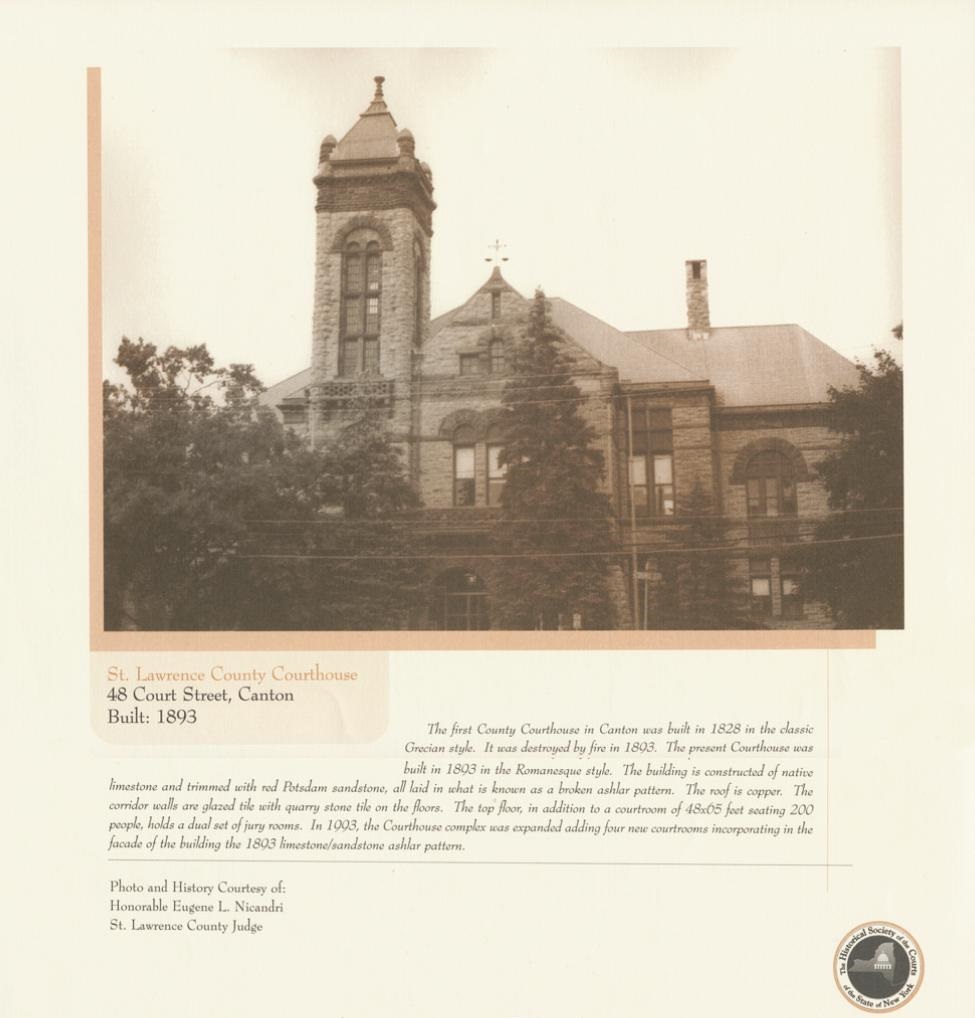
St. Lawrence County Courthouse, 48 Court Street, Canton
Built: 1893
The first County Courthouse in Canton was built in 1828 in the classic Grecian style. It was destroyed by fire in 1893. The present Courthouse was built in 1893 in the Romanesque style. The building is constructed of native limestone and trimmed with red Potsdam sandstone, all laid in what is known as a broken ashlar pattern. The roof is copper. The corridor walls are glazed tile with quarry stone tile on the floors. The top floor, in addition to a courtroom of 48×65 feet seating 200 people, holds a dual set of jury rooms. In 1993, the Courthouse complex was expanded adding four new courtrooms incorporating in the façade of the building the 1893 limestone/sandstone ashlar pattern.
Photo and History Courtesy of: Honorable Eugene L. Nicandri, St. Lawrence County Judge
March 2003

NYS Supreme Court, Queens County, Long Island City Branch, 25-10 Court Square, Long Island City, Borough of Queens
Built: 1872-1876
This Courthouse, located in Long Island City, Queens County, is a dignified and monumental neo-English Renaissance building which was designed in the early years of the 20th Century. It has been in continuous use as a Courthouse for 125 years and provided the setting for some of the country’s most memorable cases including the murder trial of Ruth Snyder Gray and her lover, Henry Judd Gray, as well as the setting for many movies including “Panic in Needle Park” and Alfred Hitchcock’s “The Wrong Man.” On May 11, 1970, the building was designated a Landmark by the Landmarks Preservation Commission because of its special character, historical and aesthetic interest, and value as part of the development, heritage and culture of New York City,
Photo and History Courtesy of: Honorable Sidney F. Strauss, Queens County Supreme Court
April 2003

New York Surrogate’s Court, 31 Chambers Street, New York City
Built: 1899-1911
Construction commenced on the New York County Surrogate’s Court at 31 Chambers Street in 1899, and the building was completed in 1911. Designed by John R. Thomas, the Surrogate’s Court was designed in the French Classic Eclectic Style and has long stood as a prime example of civic architecture at the turn of the Century. Built as New York City’s new Hall of Records, Architects’ and Builders’ Magazine labeled it at that time “New York’s Most Beautiful Building.” In addition to the New York County Surrogate’s Court, the building houses the New York County Clerk’s Division of Old Records, the office of the New York County Public Administrator, and the New York City Department of Records and Information Services.
Photo Courtesy of: Office of Court Administration
History Courtesy of: Laura Weigley Ross, New York Office of Court Administration
May 2003
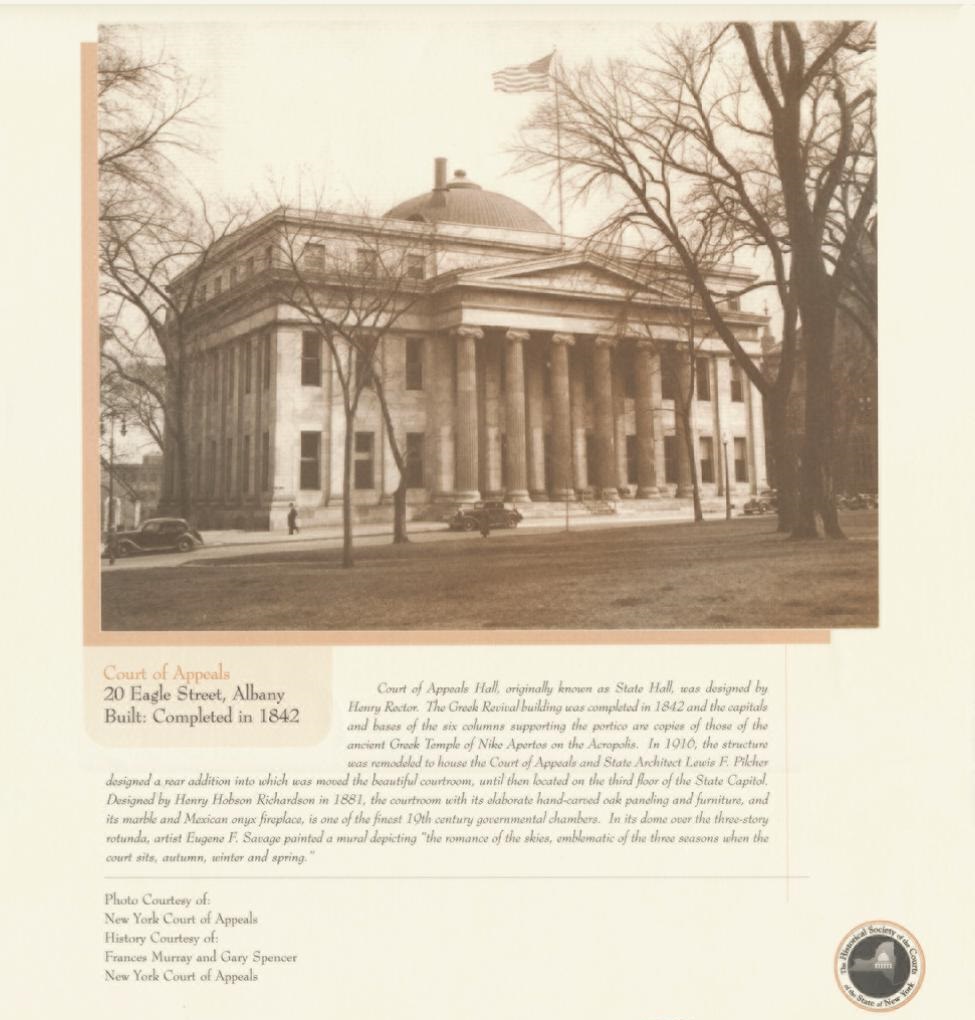
Court of Appeals, 20 Eagle Street, Albany
Built: Completed in 1842
Court of Appeals Hall, originally known as State Hall, was designed by Henry Rector. The Greek Revival building was completed in 1842 and the capitals and bases of the six columns supporting the portico are copies of those of the ancient Greek Temple of Nike Apertos on the Acropolis. In 1916, the structure was remodeled to house the Court of Appeals and State Architect Lewis F. Pilcher designed a rear addition to which was moved the beautiful courtroom, until then located on the third floor of the State Capitol. Designed by Henry Hobson Richardson in 1881, the courtroom with its elaborate hand-carved oak paneling and furniture, and its marble and Mexican onyx fireplace, is one of the finest 19th century governmental chambers. In its dome over the three-story rotunda, artist Eugene F. Savage painted a mural depicting “the romance of the skies, emblematic of the three seasons when the court sits, autumn, winter, and spring.”
Photo Courtesy of: New York Court of Appeals
History Courtesy of: Frances Murray and Gary Spencer, New York Court of Appeals
June 2003
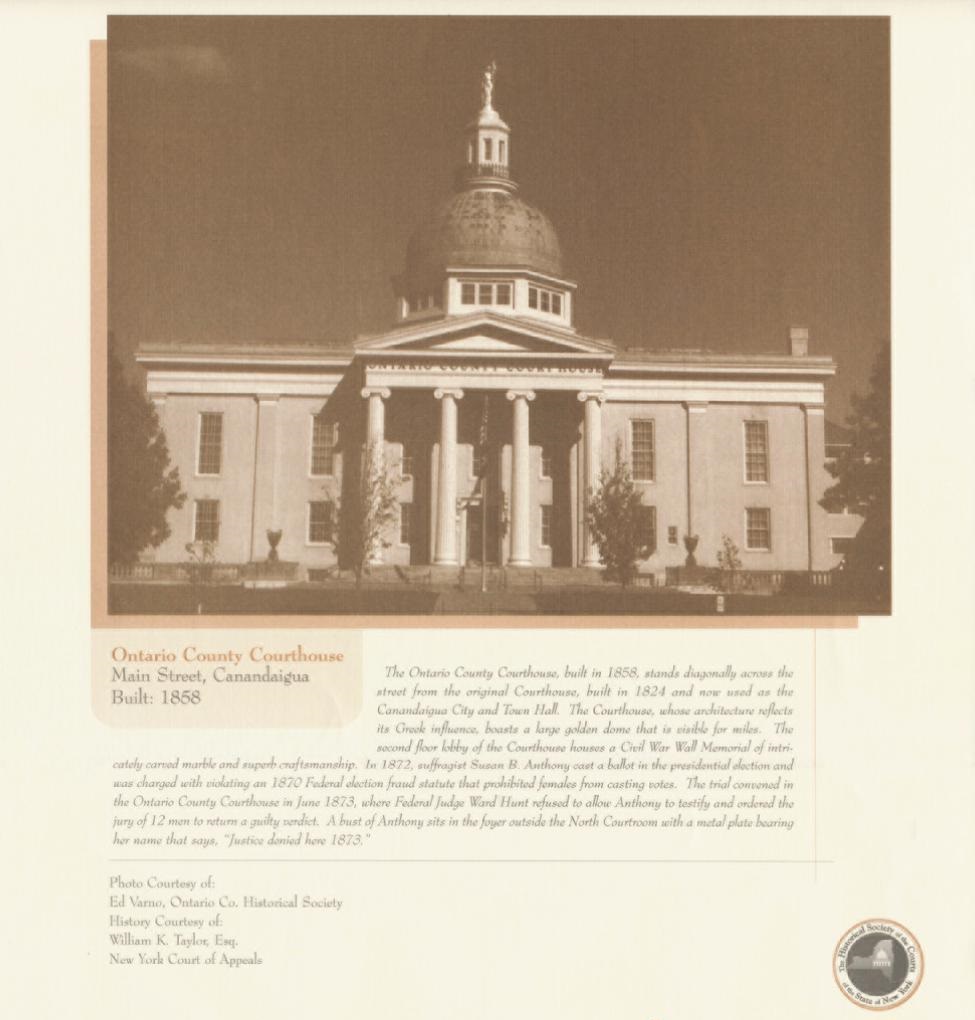
Ontario County Courthouse, Main Street, Canandaigua
Built: 1858
The Ontario County Courthouse, built in 1858, stands diagonally across the street from the original Courthouse, built in 1824 and now used as the Canandaigua City and Town Hall. The Courthouse, whose architecture reflects its Greek influence, boasts a large golden dome that is visible for miles. The second floor lobby of the Courthouse houses a Civil War Wall Memorial of intricately carved marble and superb craftsmanship. In 1872, suffragist Susan B. Anthony cast a ballot in the presidential election and was charged with violating an 1870 Federal election fraud statute that prohibited females from casting votes. The trial convened in the Ontario County Courthouse in June of 1873, where Federal Judge Ward Hunt refused to allow Anthony to testify and ordered the jury of 12 men to return a guilty verdict. A bust of Anthony sits in the foyer outside the North Courtroom with a metal plate bearing her name that says, “Justice denied here 1873.”
Photo Courtesy of Ed Varno, Ontario Co. Historical Society
History Courtesy of: William K. Taylor, Esq., New York Court of Appeals
July 2003
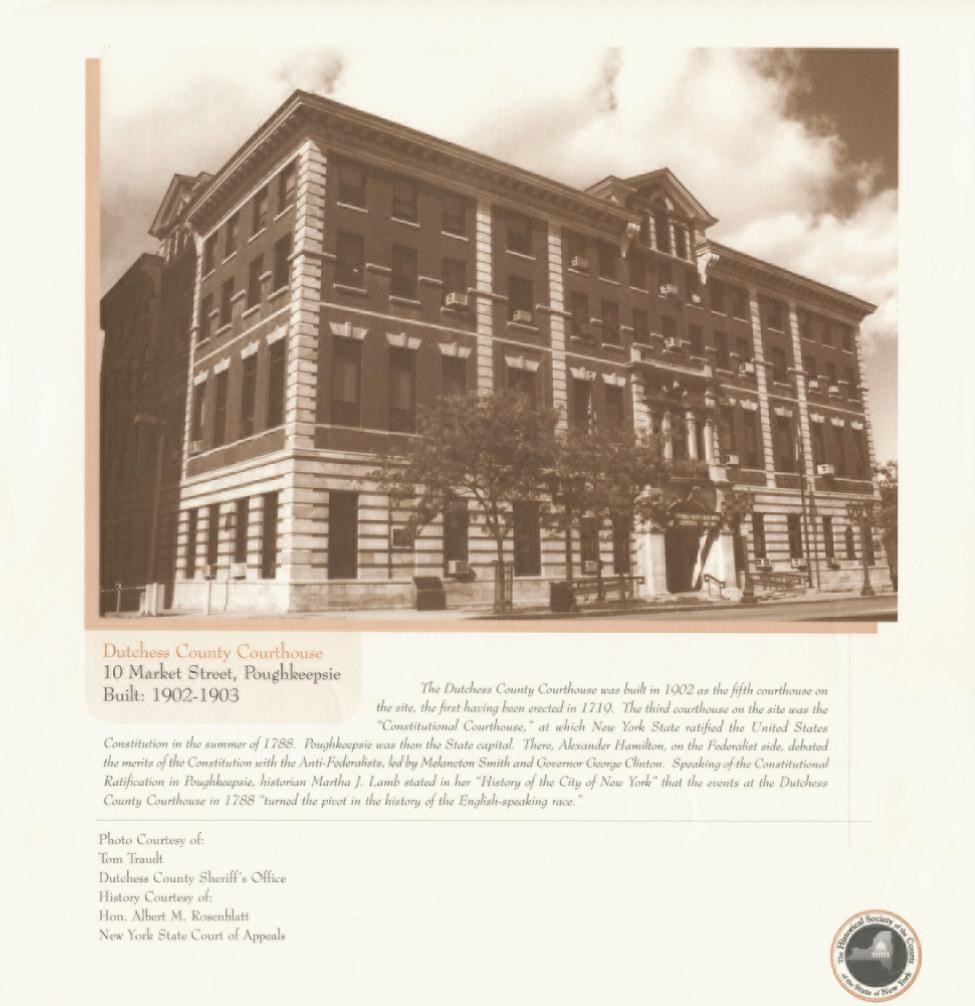
Dutchess County Courthouse, 10 Market Street, Poughkeepsie
Built: 1902-1903
The Dutchess County Courthouse was built in 1902 as the fifth courthouse on the site, the first having been erected in 1719. The third courthouse on the site was the “Constitutional Courthouse,” at which New York State ratified the United States Constitution in the summer of 1788. Poughkeepsie was then the State capital. There, Alexander Hamilton, on the Federalist side, debated the merits of the Constitution with the Anti-Federalists, led by Melancton Smith and Governor George Clinton. Speaking of the Constitutional Ratification in Poughkeepsie, historian Martha J. Lamb stated in her “History of the City of New York” that the events at the Dutchess County Courthouse in 1788 “turned the pivot in the history of the English-speaking race.”
Photo Courtesy of: Tom Traudt, Dutchess County Sheriff’s Office
History Courtesy of Hon. Albert M. Rosenblatt, New York State Court of Appeals
August 2003
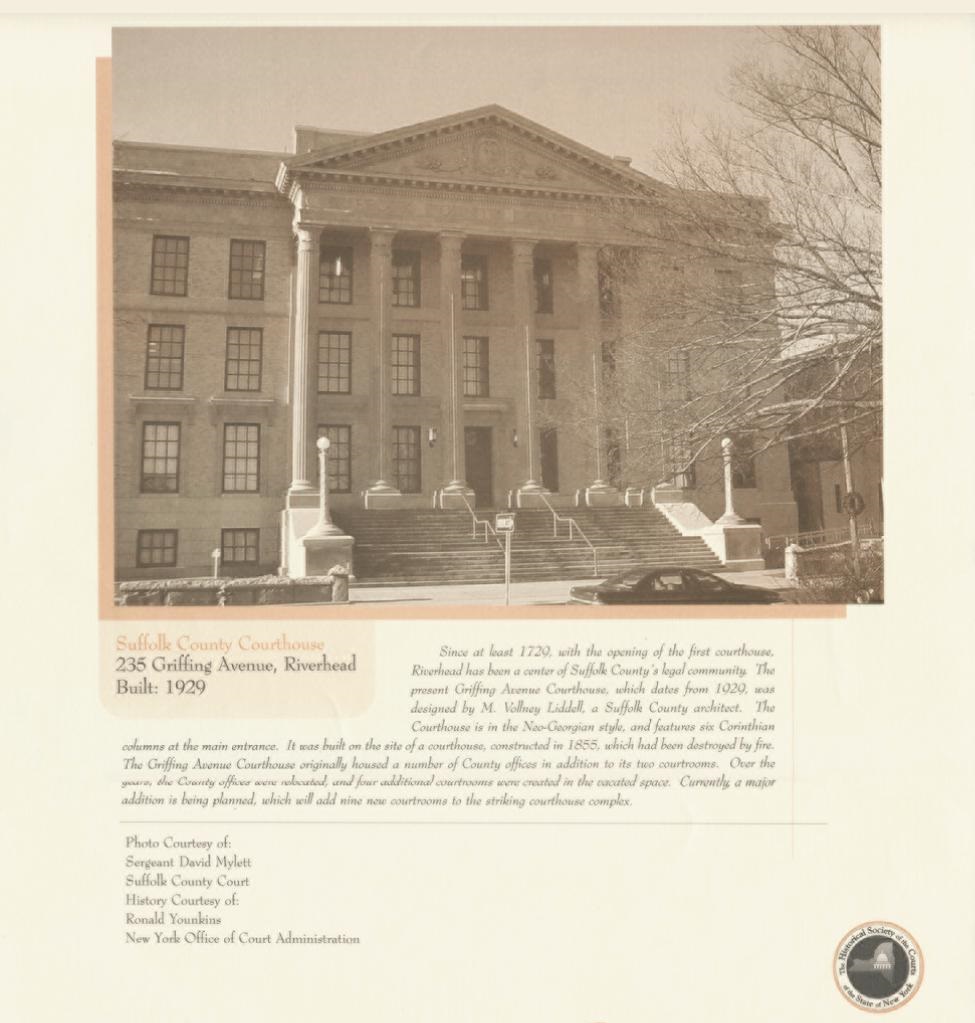
Suffolk County Courthouse, 235 Griffing Avenue, Riverhead
Built: 1829
Since at least 1729, with the opening of the first courthouse, Riverhead has been a center of Suffolk County’s legal community. The present Griffing Avenue Courthouse, which dates from 1929, was designed by M. Vollney Liddel, a Suffolk County Architect. The Courthouse is in the Neo-Georgian style, and features six Corinthian columns at the main entrance. It was built on the site of a courthouse, constructed in 1855, which had been destroyed by fire. The Griffing Avenue Courthouse originally housed a number of County offices in addition to its two courtrooms. Over the years, the County offices were relocated, and four additional courtrooms were created in the vacated space. Currently a major addition is being planned, which will add nine new courtrooms to the striking courthouse complex.
Photo Courtesy of Sergeant David Mylett, Suffolk County Court
History Courtesy of: Ronald Younkins, New York Office of Court Administration
September 2003
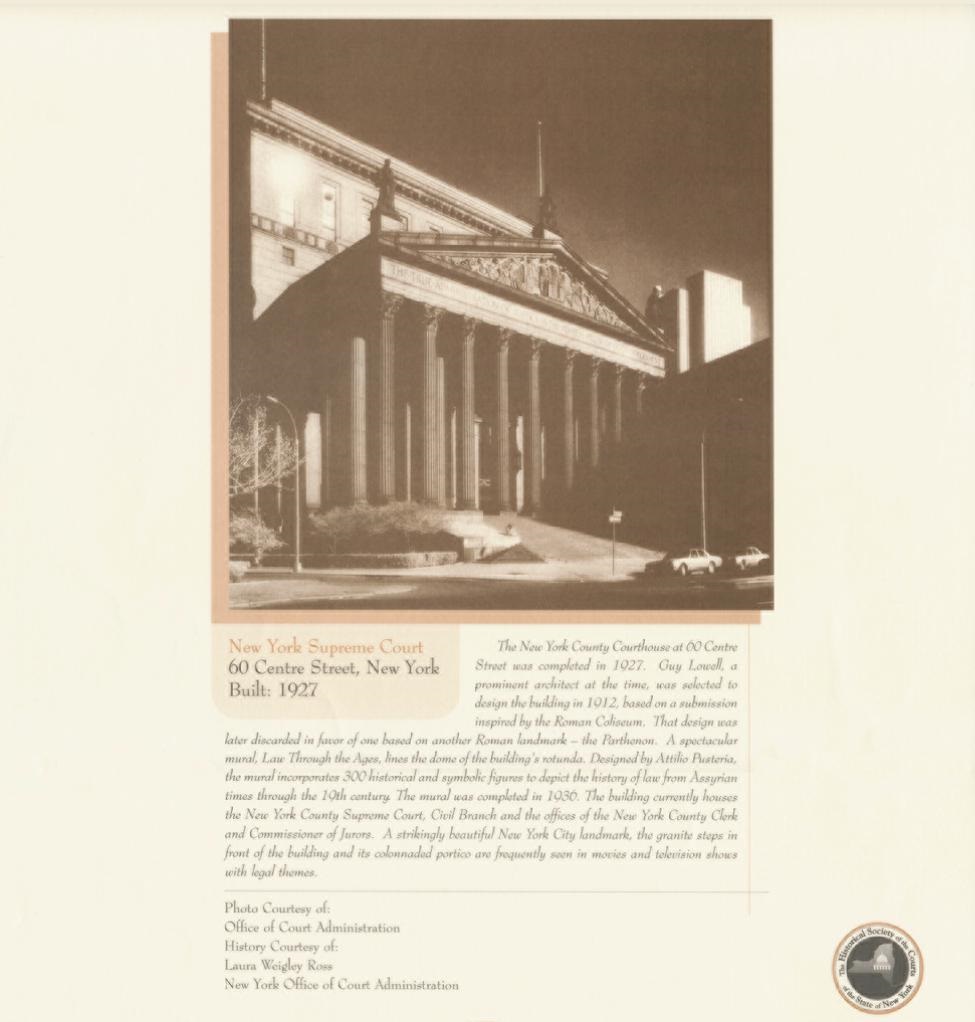
New York Supreme Court, 60 Centre Street, New York
Built: 1927
The New York County Courthouse at 60 Centre Street was completed in 1927. Guy Lowell, a prominent architect at the time, was selected to design the building in 1912, based on a submission inspired by the Roman Coliseum. That design was later discarded in favor of one based on another Roman landmark – the Parthenon. A spectacular mural, Law Through the Ages, lines the dome of the building’s rotunda. Designed by Attilio Pusteria, the mural incorporates 300 historical and symbolic figures to depict the history of law from Assyrian times through the 19th century. The mural was completed in 1936. The building currently houses the New York County Supreme Court, Civil Branch and the offices of the New York County Clerk and Commissioner of Jurors. A strikingly beautiful New York City landmark, the granit steps in front of the building and its colonnaded portico are frequently seen in movies and television shows with legal themes.
Photo Courtesy of: Office of Court Administration
History Courtesy of: Laura Weigley Ross, New York Office of Court Administration
October 2003
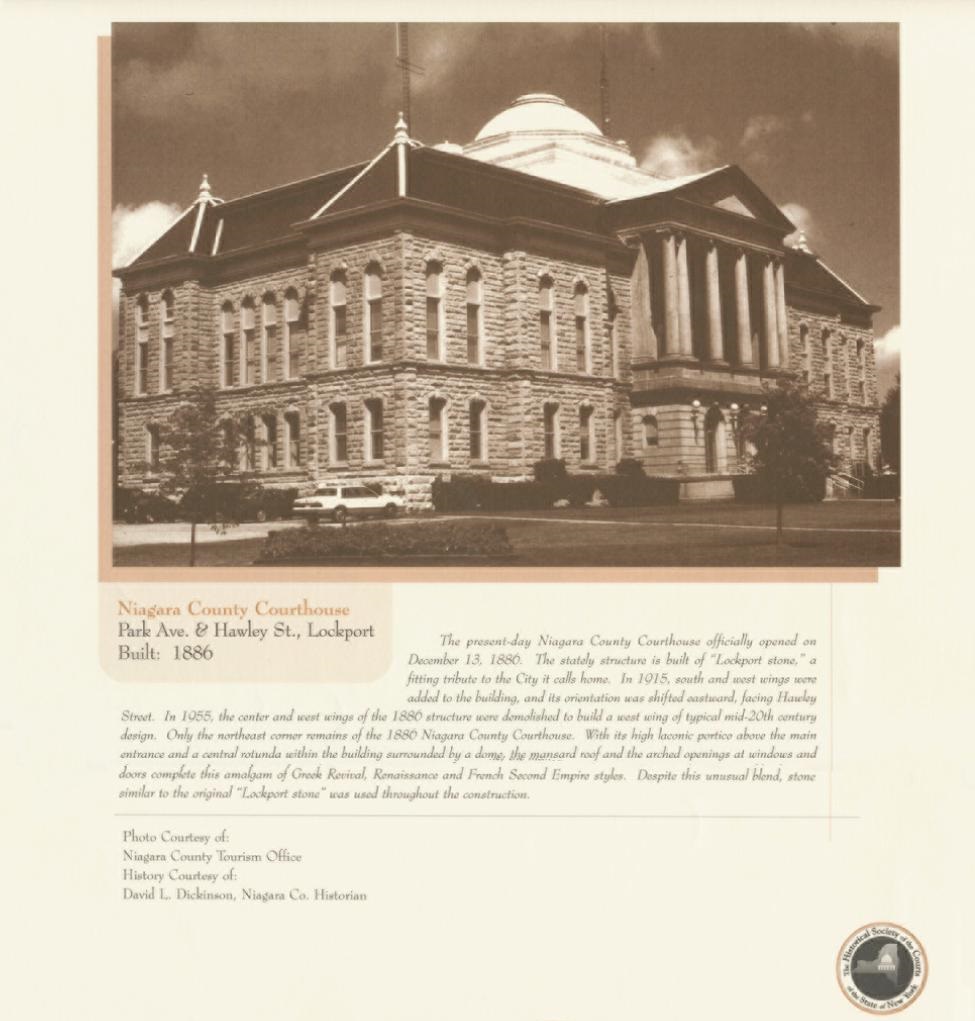
Niagara County Courthouse, Park Ave. & Hawley St., Lockport
Built: 1886
The present-day Niagara County Courthouse official opened on December 13, 1886. The stately structure is built of “Lockport stone,” a fitting tribute to the City it calls homes. In 1915, south and west wings were added to the building, and its orientation was shifted eastward, facing Hawley Street. In 1955, the center and west wings of the 1886 structure were demolished to build a west wing of typical mid-20th century design. Only the northeast corner remains of the 1886 Niagara County Courthouse. With its high laconic portico above the main entrance and a central rotunda within the building surrounded by a dome, the mansard roof and the arched openings at windows and doors complete this amalgam of Greek Revival, Renaissance and French Second Empire styles. Despite this unusual blend, stone similar to the original “Lockport stone” was used throughout the construction.
Photo Courtesy of: Niagara County Tourism Office
History Courtesy of: David L. Dickinson, Niagara Co. Historian
November 2003
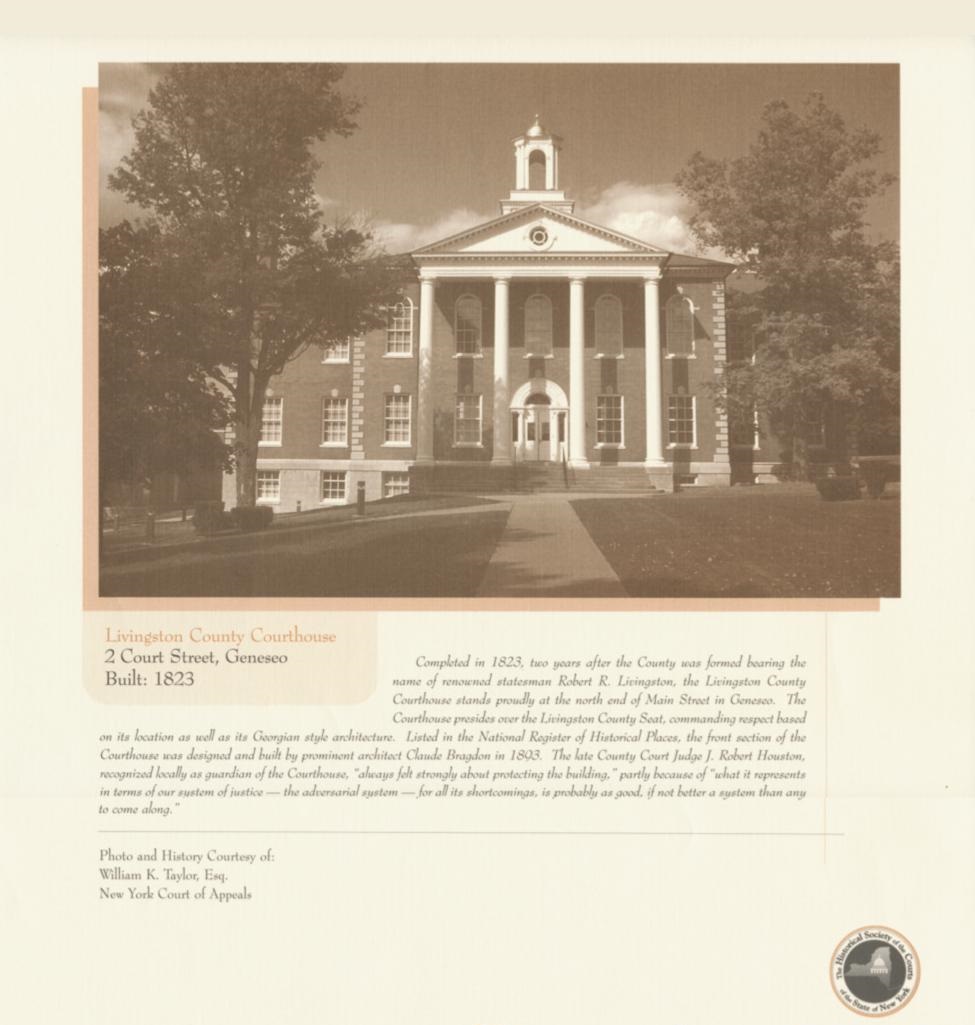
Livingston County Courthouse, 2 Court Street, Geneseo
Built: 1823
Completed in 1823, two years after the County was formed bearing the name of renowned statesman Robert R. Livingston, the Livingston County Courthouse stands proudly at the north end of Main Street in Geneseo. The Courthouse presides over the Livingston County Seat, commanding respect based on its location as well as its Georgian style architecture. Listed in the National Register of Historical Places, the front section of the Courthouse was designed and built by prominent architect Claud Bragdon in 1893. The late County Court Judge J. Robert Houston, recognized locally as guardian of the Courthouse, “always felt strongly about protecting the building,” partly because of “what it represents in terms of our system of justice – the adversarial system – for all its shortcomings, is probably as good, if not better a system than any to come along.”
Photo and History Courtesy of: William K. Taylor, Esq., New York Court of Appeals
December 2003
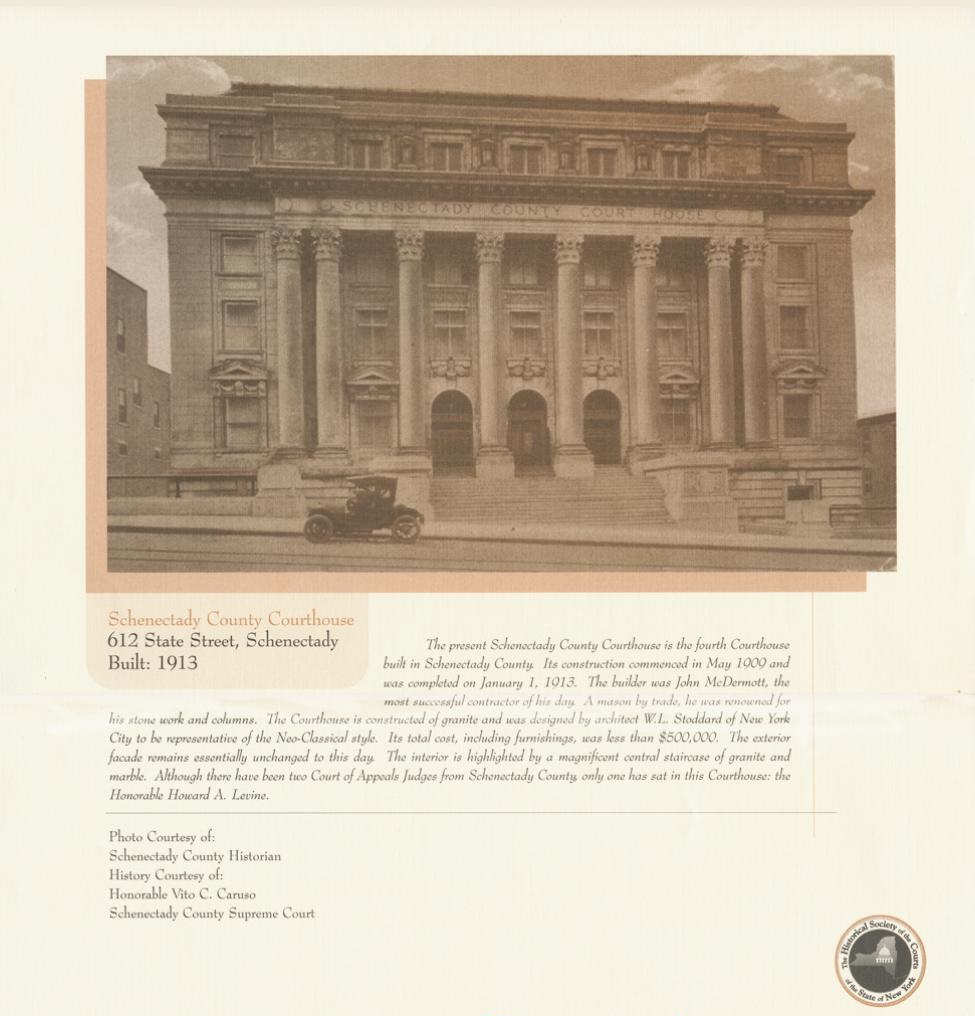
Schenectady County Courthouse, 612 State Street, Schenectady
Built: 1913
The present Schenectady County Courthouse is the fourth Courthouse built in Schenectady County. Its construction commenced in May, 1909 and was completed on January 1, 1913. The builder was John McDermott, the most successful contractor of his day. A mason by trade, he was renowned for his stone work and columns. The courthouse is constructed of granite and was designed by architect W.L. Stoddard of New York City to be presentative of the Neo-Classical style. Its total cost, including furnishing, was less than $500,000. The exterior façade remains essentially unchanged to this day. The interior is highlighted by a magnificent central staircase of granite and marble. Although there have been two Court of Appeals Judges from Schenectady County, only one has sat in this Courthouse: the Honorable Howard A. Levine.
Photo Courtesy of: Schenectady County Historian
History Courtesy of: Honorable Vito C. Caruso, Schenectady Supreme Court

